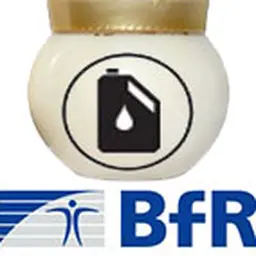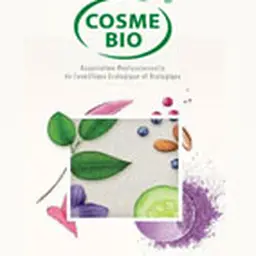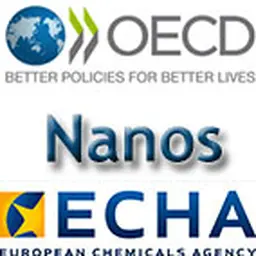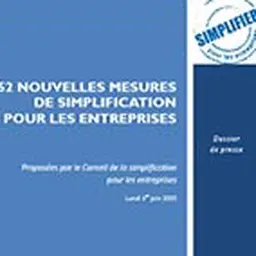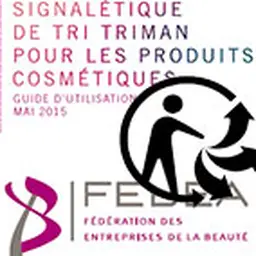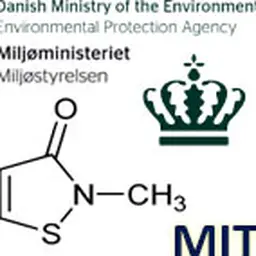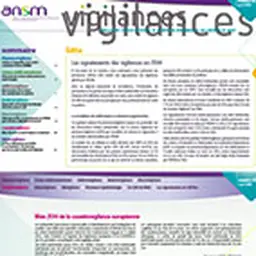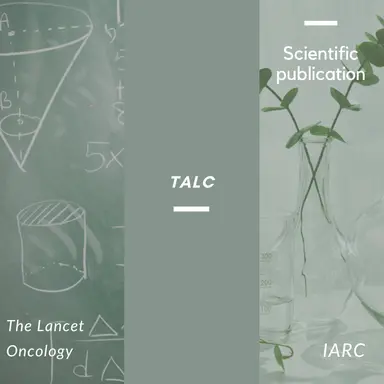
On 5 July 2024, the IARC (International Agency for Research on Cancer) released the results of its evaluation of the carcinogenicity of talc, announcing that it had been classified in Group 2A of substances “probably carcinogenic to humans”. A summary has just been published as an article in The Lancet Oncology.
This assessment was finalised by a group of 29 scientists from 13 countries at a meeting held at the Agency’s headquarters in Lyon in June 2024.
Talc (CAS No.14807-96-6, EC No.238-877-9), with its multiple cosmetic functions (abrasive, absorbent, opacifying, skin protection, etc.) is listed in Annex III/59 of the European Cosmetics Regulation, which requires powdery products intended to be used for children under 3 years of age be labelled: “Keep powder away from children’s nose and mouth”.
The definition
In this assessment, the agent “talc” was defined as mineral or synthetic talc, a hydrated magnesium silicate, including lamellar and fibrous (which includes asbestiform fibres) forms of talc.
Asbestiform talc is not asbestos, underline the experts. However, asbestos has been reported to be present in some talc ores and talc products as a contaminant. “Industry standards used to assess talc-based cosmetic and pharmaceutical products have often been insufficiently sensitive to rule out asbestos contamination,” they point out. A contamination they consider “a concern”.
It should be noted that le “Talc containing asbestos” remains a part of the definition of asbestos (classified as carcinogenic to humans, Group 1) and was not included in the present evaluation.
Exposure
High occupational exposure to talc …



